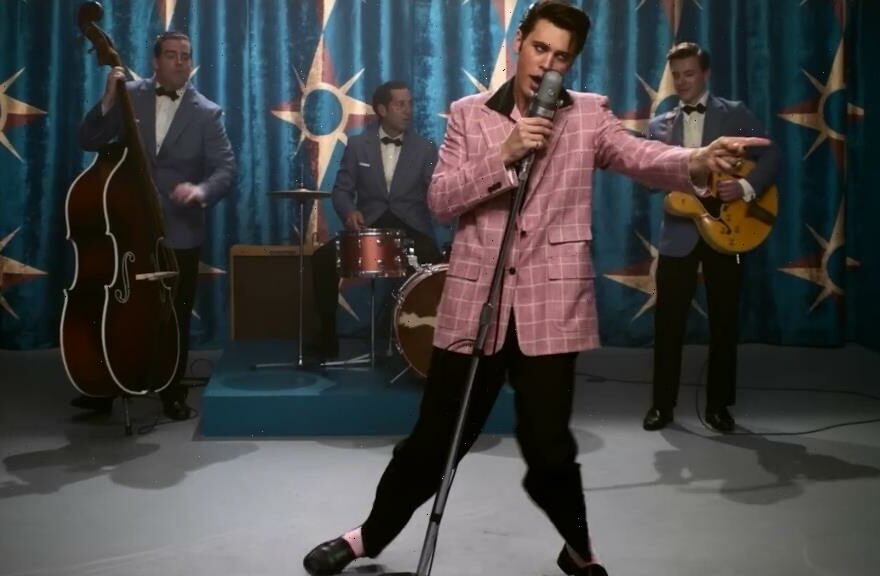When the American Society of Cinematographers hosts its 37th annual awards bash on March 5 at the Beverly Hilton hotel, the lucky people in the room will rub shoulders with an astonishing assemblage of motion imaging artists.
Hanging over the proceedings will be the ghost of the generation that invented visual storytelling. Although they’re gone, they’ve left a legacy to their descendants: continue to extend the craft and push the liveliest art into the future while adapting tools and techniques that evolve from year to year.
Directors of photography will heed that advice. For them, reaching an audience emotionally has always been the result of intuitive manipulation of tone aided by the skillful application of optical and photographic tools – all in concert with other film arts such as direction, acting and editing. Trends have evolved year to year, culminating lately in large-format cinematography, with its fresh image architecture and distinctive depth of field.
Mandy Walker, ASC-nominated for Baz Luhrman’s “Elvis” (pictured above), chose the large-format Alexa 65 camera from Arri for its ability to bring epic stories to life. Yet she tempered it with depth of field to create intimacy when the scene required it. Plus, she custom-adapted Petzval lenses to create vortex effects and add texture to flashback scenes in which a character is feeling the effects of drugs or other disorientation.
“Large format is the best for intimacy because it focuses the audience on the characters and helps diminish what’s happening in the background,” says Walker. “Baz was concerned with the emotional resonance of each shot.”
In television cinematography, another recent trend is the diminishment of traditional talking heads and over-the-shoulder angles. M. David Mullen, nominated for his work on “The Marvelous Mrs. Maisel,” strives to shoot in a style that emphasizes moving medium shots to allow the performances and comedic timing to play off each other within the frame. Smaller, lighter cameras facilitate the movement, and greater depth of field sets the characters more solidly in their surroundings.
“That style goes back to classic studio cinema – Howard Hawks and films like that,” says Mullen. “It maintains a sense of environment. You’re not shooting a lot of closeups with out-of-focus backgrounds, where you don’t feel where you are anymore. You hold back on close-ups, and when you do use one it has more dramatic weight.”
It’s a cliché that filmmaking is collaborative, but quality cinematography is especially emblematic of that fact. Anastas Michos, nominated for his work on “Guillermo del Toro’s Cabinet of Curiosities,” holds as proof his cooperation with del Toro and executive producer/showrunner J. Miles Dale.
“On ‘Cabinet,’ given Guillermo’s history as a producer/director, there was tremendous respect for the role of the cinematographer,” he says. “I was intimately involved in every step on how the image was treated, all the way through post.”
Michos adds that the very nature of scripts has changed in television. “’Cabinet’ was a limited series with stand-alone episodes,” he says. “Twenty years ago, when it was three networks and stories were essentially episodic and open-ended, budgets were driven by a paradigm of commercially supported programming. But now entire films are being presented in actual stand-alone narrative format.”
He ascribes that to a different business model: “Income on streaming platforms comes from subscribers. The studios and the structure have evolved, which allowed the visual storytelling to change. A limited series by its nature can be more expansive, because ultimately we’re not following these stories and characters over the course of years.”
Ula Pontikos, nominated for her work on Season 2 of time-jumping series “Russian Doll,” worked against the trend toward shallow depth of field and used entirely different lighting approaches for scenes set in different eras. In certain situations, she bucked current convention by lighting with tungsten sources as opposed to LED – newer technology that offers greater control and other benefits. Varying tungsten, HMI, LED and her own emulation of sodium vapor, Pontikos communicated and differentiated various time periods while creating a very New York feeling throughout.
“There’s something about the Tungsten wavelength that holds the color better,” she says. “It has wider scope, and it’s just so much more beautiful. I was determined to make it look different. I often lit directly where you might normally use bounced light. We used older Zip lights for certain street scenes, and for fill on [lead actor] Natasha [Lyonne]. That’s very untrendy, and harder to do. Subliminally, it transports you into the different decade and universe the moment she enters frame.”
The ASC event’s honored guests include Viola Davis, set to receive the Board of Governors Award; DP Stephen Goldblatt (“Lethal Weapon,” “Angels in America”), who will accept Lifetime Achievement honors; and DPs Darius Khondji (“Se7en, “Bardo: False Chronicle of a Handful of Truths”) and Fred Murphy (“The Good Wife,” “Witness Protection”) who will be feted for career accomplishments.
Read More About:
Source: Read Full Article
